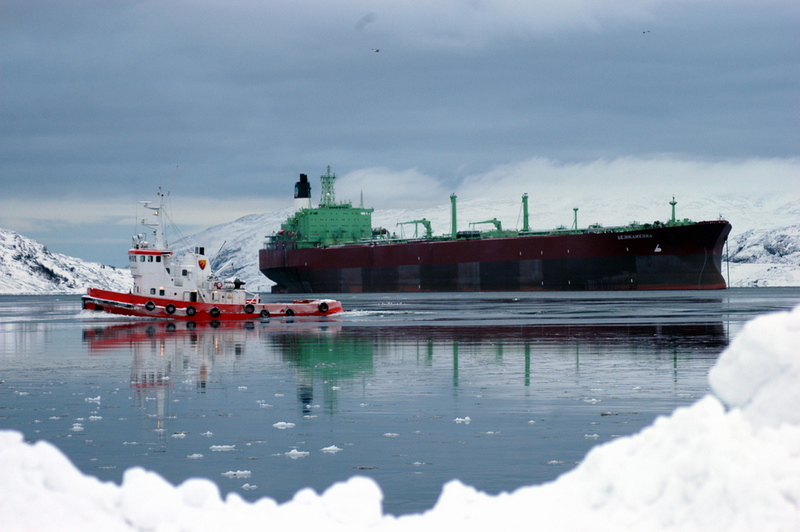An alliance between developing countries, the EU and environmental organizations wants a new international agreement for the conservation of biodiversity at sea in areas beyond national jurisdiction. This raises new and interesting issues in the law of the sea.
The Law of the Sea of 1982, the international constitution of the oceans, incorporates global rules for how waters are to be shared, how natural resources and the environment are to be managed and distributed and rules for activities such as shipping, fishing and research. A central principle is that coastal states have sovereignty ("sovereign rights") over the natural resources on the continental shelves and in waters out to 200 nautical miles (370 km) from shore. In areas beyond this no country has sovereignty over natural resources – they are beyond national jurisdiction.
Diversity
The biological diversity encompasses ecosystems, individual species and genetic resources. Management and conservation of marine biodiversity therefore includes basically all activities that affect ecosystems, species, genetic resources and the diversity of these. This is thus important to fisheries, bio-prospecting, petroleum activities, other mineral extraction, etc.
There are several reasons why the protection of biodiversity beyond national jurisdiction has become an important political issue. Firstly, the developing countries (Group of 77 and China) view this as an opportunity to influence the development of the law of the sea in a direction beneficial to them. For environmental organizations it is the conservation of biological diversity that is key, e.g. through a global network of marine protected areas. The EU's motives are complex, but include environmental concerns and the need to have a good case in relation to the G77 country group.
Conflict
Discussions on these matters have been going on for several years, mandated by the UN General Assembly. It has decided to consider the need further international regulation of biodiversity beyond national jurisdiction and possible ways of doing this. These are complex and weighty issues and there are primarily three main dimensions of conflict in these discussions:
Firstly, tension between protection and use of the marine environment and resources is significant. In general, the development of the global ocean regime in recent decades has emphasized conservation of the marine environment. Many stakeholders want even stronger protection of marine ecosystems, including through banning the use of fishing gear that disturbs the seabed and by establishing more marine protected areas.
Another dimension of conflict is between north and south, between the G-77 country group and the rest of the world. For example, the distribution of value in connection with bio-prospecting, exploration for precious marine organisms, is an important issue for the G77 group.
A third dimension of conflict is between those who believe that the existing Law of the Sea framework is largely sufficient and those who believe that new international agreements are needed.
Questions
This raises a number of questions. How should an eventual new regime relate to existing international agreements, such as e.g. the agreement on fisheries on the high seas from 1995? How will the distribution of resources, such as fish, genetic resources and minerals be handled, when existing agreements already contain provisions on this? Moreover, there are questions on what kind of protection measures one should envision and who will have the authority to decide on this. Some envision a new type of international organization to take care of such issues. Others believe that the General Assembly of the United Nations should decide.
These questions are important also in an Arctic perspective. In areas close to Norway, the Barents Sea Loophole and the Banana Hole in the Norwegian Sea are affected. The same applies to the area beyond national jurisdiction in the central Arctic Ocean, an area the size of the Mediterranean. This is currently covered in ice, but it is expected that due to global warming it will be ice-free in summer in only a few decades from now.
